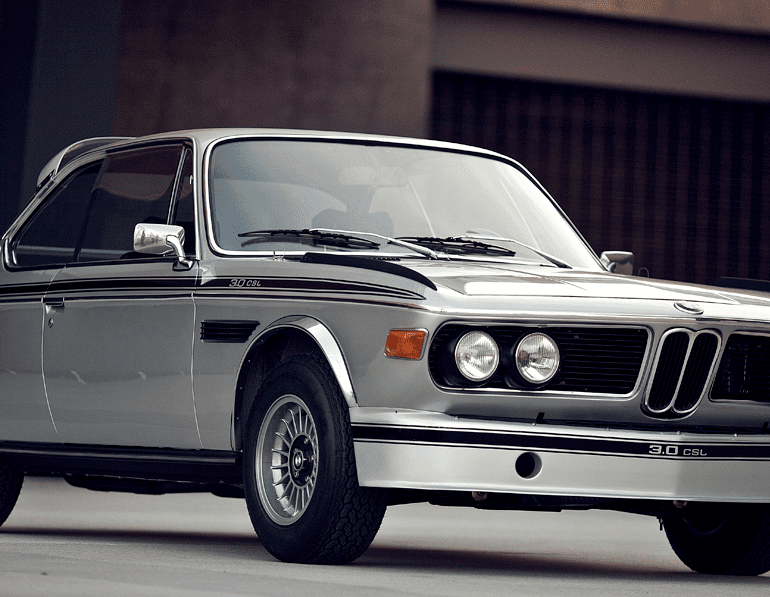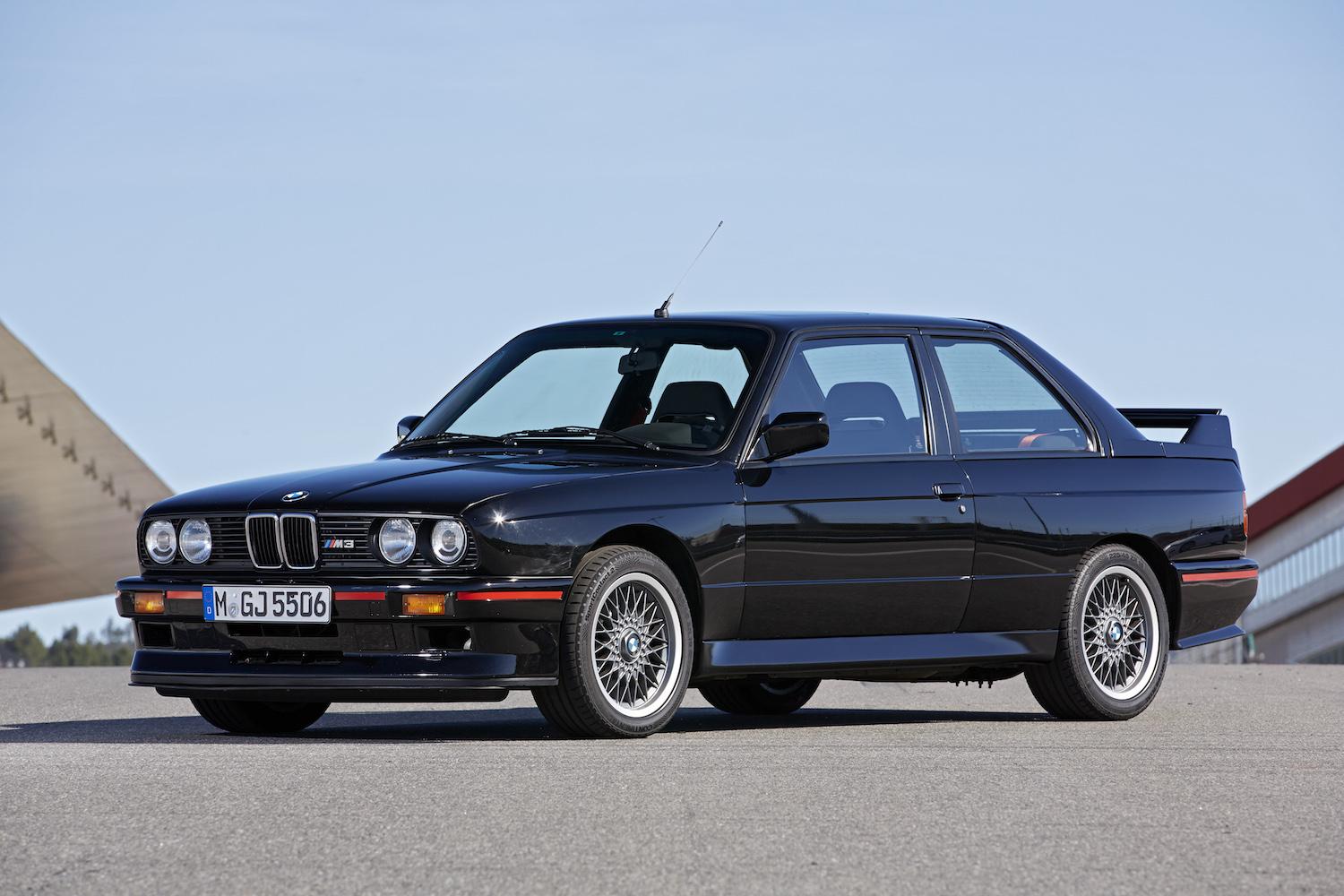The 10 Greatest BMW M Cars
BMW’s M GmbH division was started in 1972 and quickly got down to business with its first car, the BMW 3.0 CSL. The CSL’s was very successful on the track which quickly meant things heated up at BMW and the brand decided to extend the M brand into the production car arena. The next car on from BMW’s M division was the BMW M1 supercar launched in 1978. Since then, the M division has been on an epic roll, creating some amazing machinery us car guys can’t get enough of.
The M division at BMW has experimented with four, six, eight, ten and twelve cylinder engines, both naturally aspirated and turbocharged. Not surprisingly, some of the most iconic and best BMW engines came from this team.
While staple M division fare like the BMW M3 and M5 have become synonymous with pushing road car performance over the years, there isn’t much the M team won’t touch, including M Roadster and M Coupe in the 2000s and even X5 and X6 SUVs have received the M division treatment.
With so many M cars and the division stretching into more and niche segments, the cars now have a mixed reputation. Many recent models aren’t for ‘M Power’ purists like us. For car guys like us, we asked, “which are the legendary M cars?”, which ones make our list of the ultimate BMW M car. So, here it is. Our picks for the greatest BMW M cars ever (so far):
1. BMW M1
First Year: 1978. Review: BMW M1.
Was there any doubt this would be first on the list. The M1 was the first BMW car to sport the M badge. 400 units of the mid-engined M1 were available to the public thanks to FIA Group 4 homologation requirements. The car still looks legendary today with its classic Guigiaro designed body. The M1 was powered by a 3.5-liter straight six with a pretty respectable 273bhp and 162mph top speed.
2. BMW M5 E39
First Year: 1998. Review: E39 BMW M5.
This was the first M5 to get a V8 under the bonnet and with 400bhp, 370 lb-ft. of torque, it had serious performance. A 4.4 second 0-60mph time and 180+ mph top speed were supercar-beating speeds in a sedan you could take the kids to school in.
3. BMW M2
First Year: 2016
BMW’s pint-sized M2 harkens back to the original small, swift and snappy M car, the E30-series M3. Its 3.0-liter turbocharged inline-six pumps out 365 hp and drives the rear wheels through a six-speed manual. An optional seven-speed dual-clutch automatic blasts the M2 to 60 in just 4.0 seconds. The poised chassis delivers heroic handling and although the steering is a bit vague at times, this is easily forgiven; sticky Michelin Pilot Super Sport tires and beefy brakes help inspire confidence.
4. BMW E36 M3
First Year: 1994. Review: E36 M3.
The E36 M3 was the model that really launched BMW’s M division to the masses. It was targeted at the exec who wants speed in a tamer package than the original E30 (which was more of a true enthusiast’s car). With a 240-hp, 3.0-liter inline-six that was silky smooth and rock solid. The motor was torquey and the car was easy to drive. The brakes and the suspension was replaced in the base 3 series to make way for more performance oriented units, the transformation was clear. Our pick is the 1996 year model because it got a new 3.2-liter inline 6 that has the same horsepower but more torque.
5. BMW 3.0 CSL E9
First Year: 1971. Review: BMW 3.0 CSL E9.
Introduced in May 1972,[15] the 3.0 CSL was a homologation special built to make the car eligible for racing in the European Touring Car Championship. The BMW 3.0 CSL E9 was the BMW M division’s first road car and it was epic. This car was light – it had perspex windows, a thinner steel skin, all the trim and soundproofing was ripped out and it used aluminium for the doors, bonnet, and boot lid. Known as ‘The Batmobile’ the BMW 3.0 CSL was a proper homologation special for the road.
6. BMW E30 M3
First Year: 1971. Review: BMW E30 M3.
Based on the 1986 model year E30 3-Series, the E30 M3 used the BMW S14 engine to transform the little 3-series into a driver-focused, rear-wheel-drive sports car for the true enthusiast. The naturally-aspirated 4-cylinder engine produced 215 PS (158 kW) without a catalytic converter. Our pick is the the “Evolution” model which had produced up to 220 PS (160 kW) and included thinner rear and side window glass, a lighter bootlid, a deeper front splitter and additional rear spoiler.
7. BMW E60 M5
First Year: 2005. Review: BMW E60 M5
This one is probably going to be a little controversial. For the team at Supercars.net it is a no-brainer. This M5 was the first production sedan to have a race-inspired V10 engine and 7 speed sequential manual gearbox. Headline figures were absurd for the era. 5.0-liter V10 S85 naturally aspirated engine produce 500 horsepower and redlines at 8250 rpm. Torque was 384 lb-ft (520Nm) at 6100 rpm. It was the quickest and fastest 4-door sedan in the world at the time of its release (0-60 mph in 4.5 seconds).
The numbers don’t tell the full story though, because the V10 just revved and revved and it sounded like no other engine before it – truly epic. The E60 M5 was also one of the first cars to have electronic systems that could alter the level of damping desired, electronic steering assistance and engine power and throttle response.
8. BMW M5 E28
First Year: 1984.
The first BMW M5, based on the E28 5 Series, made its debut at Amsterdam Motor Show in February 1984. It was the product of demand for an automobile with the carrying capacity of a saloon (sedan), but the overall appearance of a sports car. It utilized the 535xi chassis and an evolution of the bodykit from the M535i. At its launch, the E28 M5 was the fastest production sedan in the world.
The M88 and S38 engines are evolutions of the 24-valve inline-six developed for the mid-engine M1 supercar. Like that engine, both the M88 and S38 share a displacement of 3,453cc (via a bore of 93.4mm and a stroke of 84mm), and both have a four-valve crossflow cylinder head (with 37mm inlet valves and 32mm exhaust valves) designed for better breathing at high rpm. However, for their application in the M5, the M88 and S38 have wet-sump lubrication, specific pistons and connecting rods, as well as more advanced Bosch Motronic fuel injection/engine management.
9. BMW E46 M3 CSL
First Year: 2003. Review: BMW E46 M3 CSL
This is one of our favorite cars ever. The M3 CSL has a curb weight of 3,053 lb, making it 240 lb lighter than the regular M3. Weight loss came from the removal of most of the sound insulation hand the removal of electric seats and navigation systems as well as thinner glassed windows and the use of lightweight materials for parts of the body and structure.
The work didn’t stop there. In order to improve the handling ability of the car, the entire suspension system was further refined, with the addition of racing springs and dampers and a tightened steering ratio. The braking system is also improved with larger front floating rotors and larger pistons in the rear calipers. The engine increased output over the regular S54 by 17 hp and 4 lbf·ft over the European M3. This is due to the use of sharper profile camshafts, a bigger air intake with carbon fiber manifold, a refinement of the exhaust manifold, and slightly different exhaust valves.
The BMW E46 M3 CSL was one of the best driver’s cars ever.






